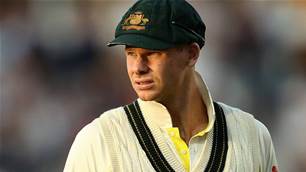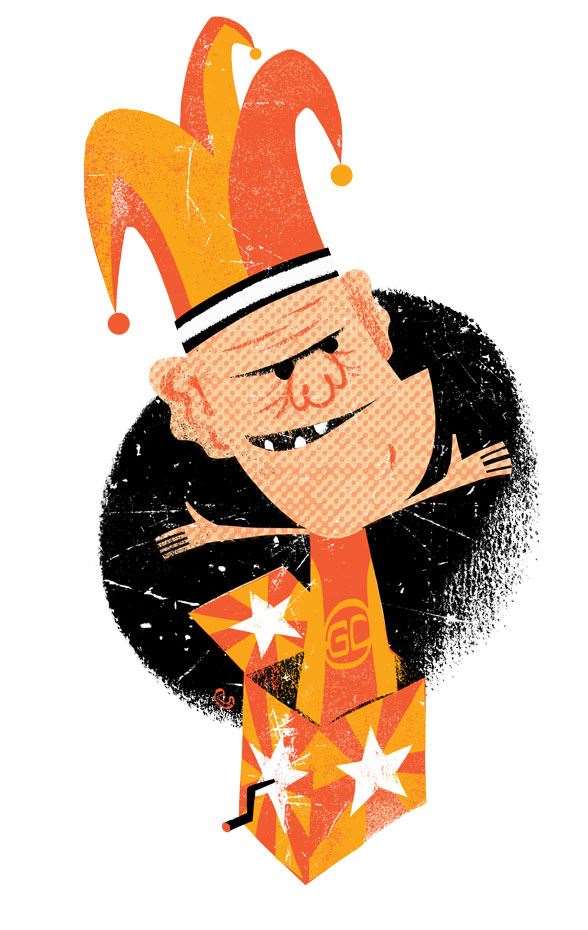If there's always a surprise team every footy season, is it still a "surprise"?
I once knew a guy named Art, a former work colleague and a pretty good dude considering he didn’t follow sports (his thing was interior design). But being the collegial fellow he was, Art was in the office’s footy tipping comp. And damned if he didn’t win the whole thing two out of three years ... and a this-close runner-up in the other. The sharps around the office, the ones who sweated injury ins-and-outs and obsessed over teams’ away records in wet weather on five days’ rest, badgered him for the method to his tips. Was he a closet fan? Did he outsource to some unseen stats guru? Was he picking on the basis of which mascot would win in a fight?
Art responded calmly, always calmly: “I look at whoever is ahead on the ladder that week, and I pick them.” Well, what would he do in round one? “I look at last year’s ladder.”
Surely it couldn’t be that simple. And yet, Art had hit on a universal footballing truth, best articulated by the Super Bowl-winning coach Bill Parcells: you are what your record says you are. Footy watchers everywhere fill the intervening hours between games with all sorts of hypotheses, projections and vain hopes, but the realism of the won-loss columns is rather blunt.
It’s the prognostication time of year, where we here at the magazine and in many other places try to parse the upcoming season according to such variables as which club had the neatest off-contract signings, or who “looked good” in preseason training. We’ll cling to our predictions even as results defy our grand theorising. We’ll engage in a lot of after-the-fact rationalising (“it would have happened if ... ”). Most of all, we won’t ever be held to account for our guesses at what the ladder will look like seven months later.
This brings us to an emerging phenomenon of the preseason, based on a reasonable axiom – if it’s unlikely that last year’s eight finals teams won’t be exactly the same again this year, then someone from the also-rans has to come into contention. It’s like a footballing jack-in-the-box – you know you’re going to be surprised, just not by whom. In certain years, a strong consensus will form around one such non-finalist, and the resulting hype will push some erratic outfit that couldn’t win half its games last season into the realm of “expectations”. They become the non-surprise surprise team.
The non-surprise surprise team can come in a variety of species.
The Rebounds: effectively a solid finals team that missed out for some unforeseen reason. Usually injury, but amended in recent years to the league office stripping competition points because it didn’t like the club’s salary cap accounting or sports-science regime.
The Cusp: perhaps the most common variety of non-surprises, often a young team growing into finals status. That was meant to be Gold Coast in the AFL last year, until Gary Ablett’s injury, which kind of makes sense, because the GC is a region on the cusp ...
The Oversold: which encompasses those well-followed/rich clubs that may not actually be any good, but are always being talked about because they’re ratings/sales/page views gold, and end up with an artificially inflated status. If you think we’re referring to Collingwood or the Broncos, you’re dead right.
The Inexplicables: those situations when someone throws out a random finals prediction for the likely wooden-spooner, usually to be different from the pack, or to cover one’s arse in case of a miracle.
So we eagerly await who 2015’s version of last year’s Penrith or North Melbourne may be. But the non-surprise surprise team is a product of modern footy’s constant background chatter, which also means it’s a product of modern footy’s tendency to make itself seem more complex. Like Art, maybe we should all be taking a simpler view of the game. Because, when you get down to it, trying to understand what the comp will look like in any given year is knowing which team goes in what place on the ladder. Maybe my interior design-loving mate was onto something ...
- Jeff Centenera
Related Articles

The Ultimate NRL 2020 Season Preview

December 2019 Inside Sport hits ‘em for six














